As you may already know from previous articles, Windows 10 supports changing the display language using language packs. If you are working in a localized user account in Windows 10 which is your native language, you might be interested in learning what language is used for older apps that doesn't support Unicode. Here are a number of methods you can use.
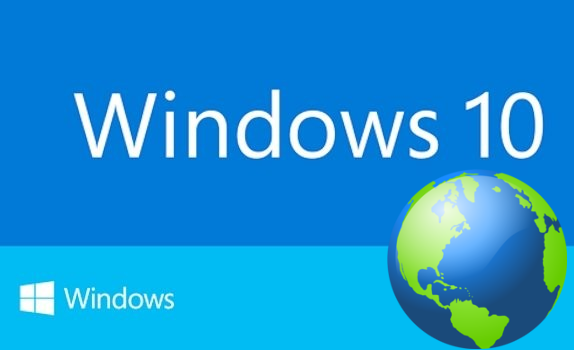
Windows 10 supports language packs. By installing one or several language packs, you can switch your Windows display language on-the-fly. It is also possible to have a different display language for each user account.
Advertisеment
There are plenty of apps that don't support Unicode. Most of them are apps that have been created for previous Windows versions.
The option that specifies the default language to use for non-Unicode programs is called System Locale. The system locale defines the bitmap fonts and code pages (ANSI or DOS) that are used on the system by default. The system locale setting affects only ANSI (non-Unicode) applications. The language for non-Unicode programs is a per-system setting.
To Find Current System Locale in Windows 10, do the following.
- Open Settings.
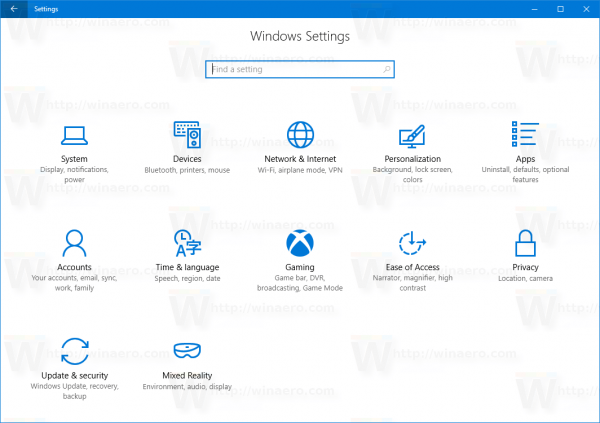
- Go to Time & Language.
- On the left, click on Language.
- In the right pane, click on the Administrative language settings link.
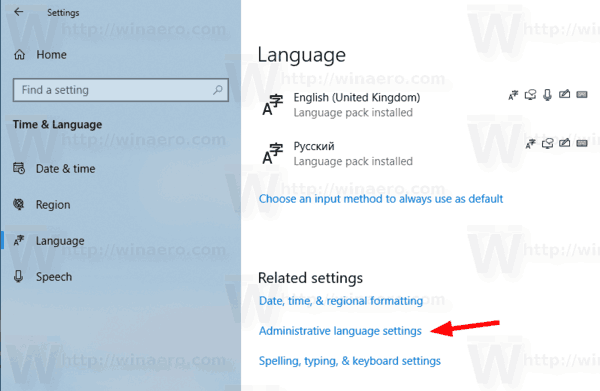
- In the Region dialog, click on the Administrative tab.
- You'll find the current system locale under the Language for non-Unicode programs section.
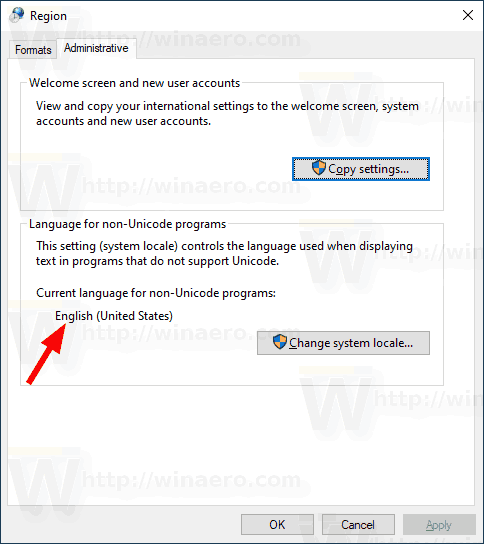
Alternatively, you can access the same option with the classic Control Panel app. Open the classic Control Panel and navigate to Control Panel\Clock and Region. Click on Region and switch to the Administrative tab.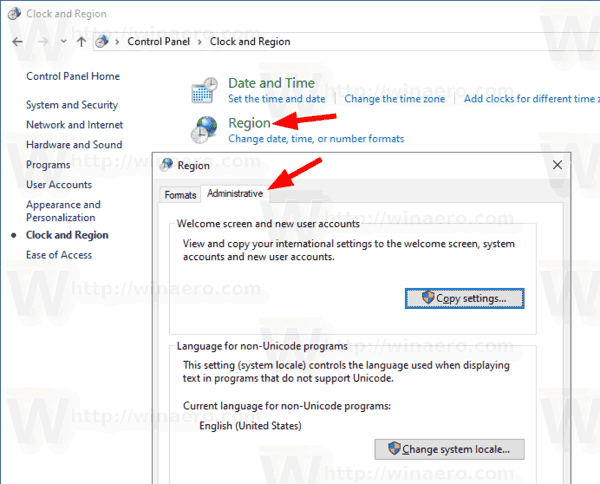
Another method you can use to find the system locale is a special PowerShell applet, Get-WinSystemLocale.
Find The Current System Locale with PowerShell
- Open PowerShell as Administrator.Tip: You can add "Open PowerShell As Administrator" context menu.
- Type or copy-paste the following command:
Get-WinSystemLocale.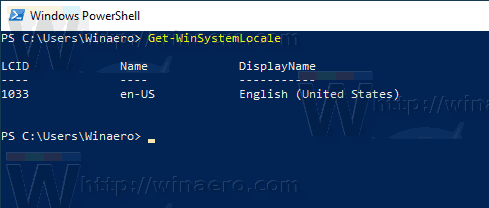
You can also use the classic command prompt to see the current system locale. Here's how.
Find the System Locale with the Command Prompt
- Open a command prompt in Windows 10.
- Type or paste the following command:
systeminfo. - Besides other useful info, it contains the current OS locale:
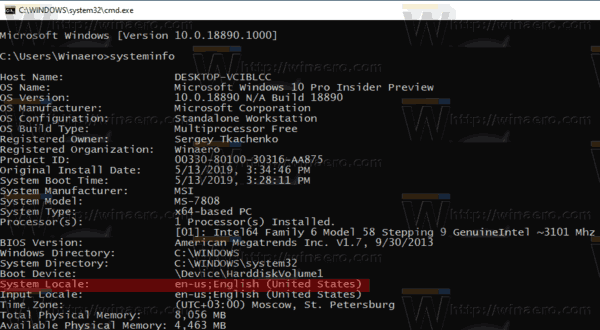
Finally, you can find the system locale information in the built-in msinfo32 tool.
Find the System Locale with the System Information app
- Press the Win + R hotkeys together on the keyboard and type the following command in your Run box:
msinfo32.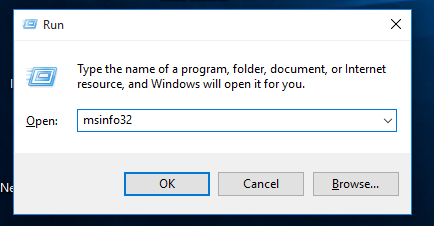
- Click the System Summary section on the left.
- On the right, see the Locale value.
That's it.
Related articles.
- Force System UI Language as Display Language in Windows 10
- Create Text Services and Input Languages Shortcut in Windows 10
- Enable Language Bar in Windows 10 (classic Language Icon)
- Find Default System Language in Windows 10
- How to Copy Region and Language Settings in Windows 10
- How To Change Display Language in Windows 10
- How To Add a Language in Windows 10
- Change Hotkeys to Switch Keyboard Layout in Windows 10
Support us
Winaero greatly relies on your support. You can help the site keep bringing you interesting and useful content and software by using these options:
If you like this article, please share it using the buttons below. It won't take a lot from you, but it will help us grow. Thanks for your support!
Advertisеment

You’re doing a great job.
Keep it up.
Thank you very much.